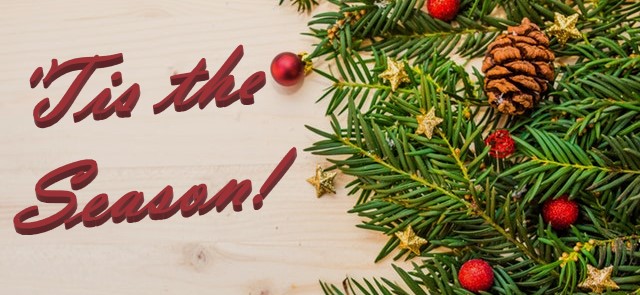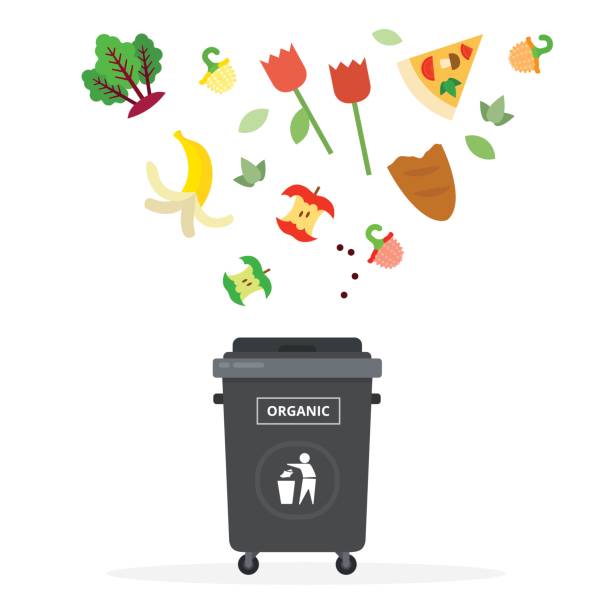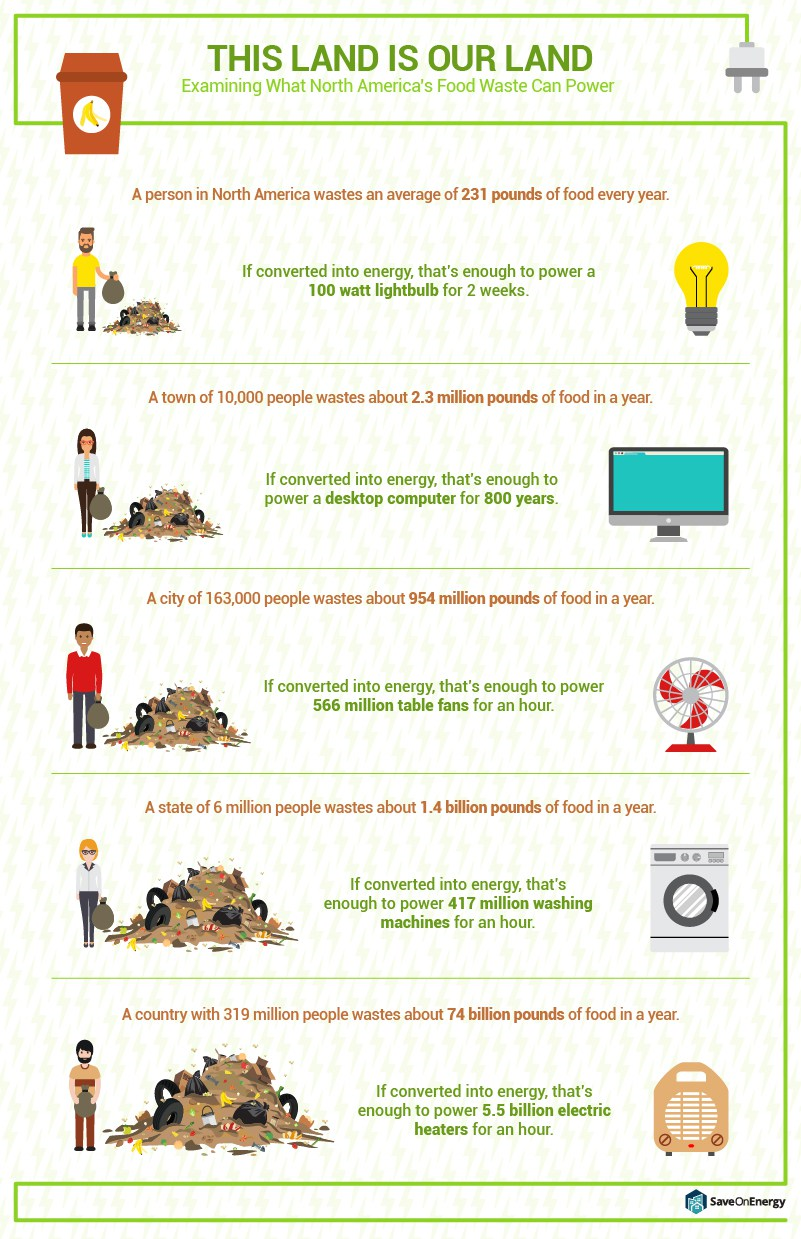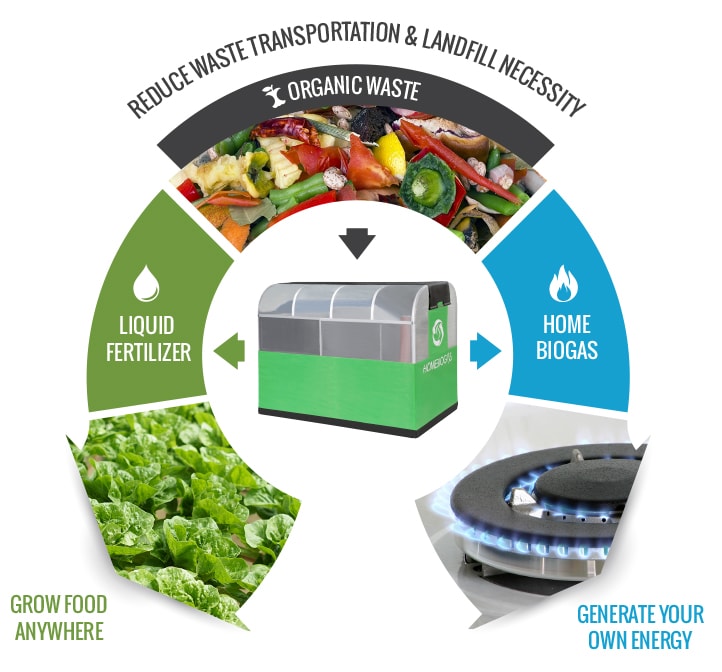Thinking Green This Holiday Season?

Did you know… Americans throw away 25% more trash between Thanksgiving and New Year’s Eve than any other time of year?
It’s true! From all the gift buying and wrapping of presents to parties and packaging materials to holiday greeting cards and decorations — waste really starts to add up during the Holidays. That’s about one million tons of extra garbage each week!
Being mindful of sustainable consumption and managing your waste this holiday season is easy if you have the right information. Here are some creative and useful tips you and your loved ones can use to have a brighter celebration with less waste.
Did you know… Americans throw away 15 million used Christmas trees each year?
Tree Smarts
When it comes to the iconic Christmas tree, it’s easy to go with a reusable “fake” tree to prevent a lot of the landfill impact. But if you have to have a live tree, garland, or wreath in your home, be sure to check with your local communities about potential recycling programs. Many areas collect trees in the first few weeks after the Holidays to be composted or mulched and used in water conservation and weed control.
When gift-giving this season, consider…
- Thinking Digital Choose no-waste gifts, such as downloadable music, subscriptions to streaming services, online newspapers, etc.
- Gifting An Experience Choose sports lessons, memberships to a gym, symphony, or museum, or tickets to an event or concert. Plan an activity as your gift, such as camping at a national or state park or visiting a gallery.
- Going DIY Choose environmentally-smart gifts such as homemade food items like baked cookies, bread, and jams, or make your own soap or candles to gift.
- If you must buy new… Buy products made from recycled or organic materials and look for gifts with an environmental message: a nature book, a refillable thermos bottle, a canvas tote bag, a battery recharger, gardening supplies or give a plant.
- If none of those ideas work for you… Go for items of quality, durability, and practicality – things that someone can use for years to come rather than ending up in a landfill after a couple of months. Lastly, remember to shop local and support area shops, makers, and artisans while reducing shipping costs and impacts.
Wrapping is as easy as 1-2-3
- Consider reduced or no-waste wrapping options! For example, put a large reusable or cloth bow on the gift or place it in a reusable bag, purse, or backpack.
- You can even get creative and try using colorful pages torn from magazines, old maps, Sunday comics, kid art, or old posters instead of traditional wrapping paper.
- If you must use new store-bought wrapping paper, then try to look for ones made of recycled paper and remember that foil, metallic or glitter accent wrapping paper IS NOT recyclable.
Did you know… the 2.65 billion Christmas cards sold each year in the US could fill a football field 10 stories high?
Card Care
If we each sent one card less, we’d save 50,000 cubic yards of paper waste. Think about sending holiday greetings via e-mail or social media. It’s a great way to share photos and memories, while customizing your message and making it more personal!
If you are old-fashioned and want to send a physical card, consider making your own or sending plantable/seeded cards. If you must use store-bought traditional cards, remember to avoid cards with glossy, shiny or gold foil coatings since these CANNOT be recycled.
Final Thoughts
- Reduce. Donate old toys and unwanted gifts or clothes.
- Reuse packing and shipping materials. Save ribbons, bows, boxes, bags, and decor for the next holiday.
- Recycle old electronics and batteries at a local facility.
- Replant, mulch, or compost your live tree and compost food scraps.
If you’d like to read more tips about this, you can check out these links here.





